Mushrooms
MFIX
11 years ago
Related Stories
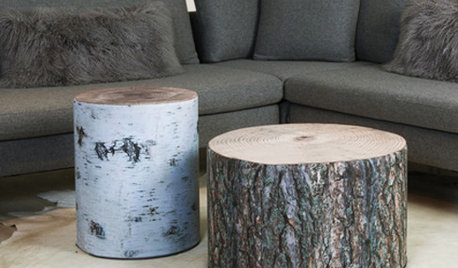
PRODUCT PICKSGuest Picks: Woodland Friends Roam Through Decor
Fake a forest in your foyer — or living room or bedroom — with fox, mushroom and faux-bois accents
Full Story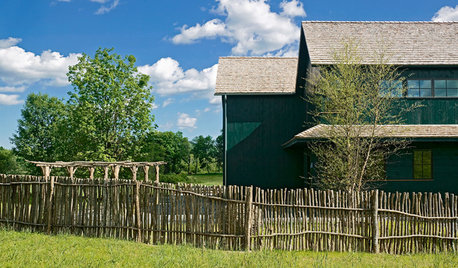
FARMHOUSESHouzz Tour: Minimalism in a Pastoral Mood
Local materials help a Connecticut farmhouse look right at home, while its simplicity fits the owners’ aesthetic
Full Story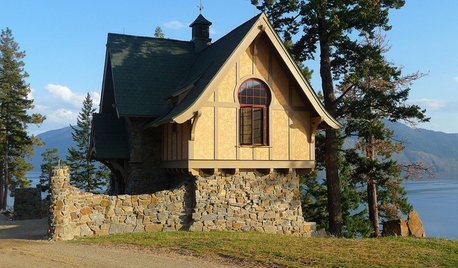
ARCHITECTUREHow to Design a Storybook Cottage
A client’s request: “Build me a house where Disney meets Tudor.” The architect explores the details that make the style
Full Story
PRODUCT PICKSGuest Picks: Into the Woods
20 pieces inspired by the trees and woodland creatures of the forest
Full Story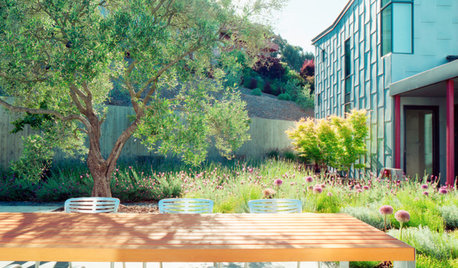
LANDSCAPE DESIGNGardening for Happy Kids
Foster creativity, self-esteem and more by designing your landscape with a sense of discovery
Full Story
SHOP HOUZZShop Houzz: Decorating Inspiration From Wonderland
Get curiouser and curiouser with ‘Alice in Wonderland’ style
Full Story0

GARDENING GUIDESSweet Serendipity: Opening to Happy Garden Discoveries
Unplanned nature scenes can be unbelievably beautiful; you just need to know how to look
Full Story
GARDENING GUIDES20 Favorite Flowers for Butterflies and Bouquets
Discover perennials and annuals that do double duty as butterfly magnets and versatile cut flowers
Full Story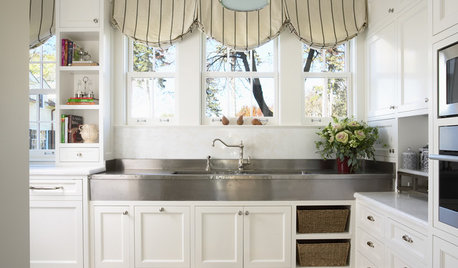
KITCHEN DESIGN8 Top Hardware Styles for Shaker Kitchen Cabinets
Simple Shaker style opens itself to a wide range of knobs and pulls. See which is right for your own kitchen
Full Story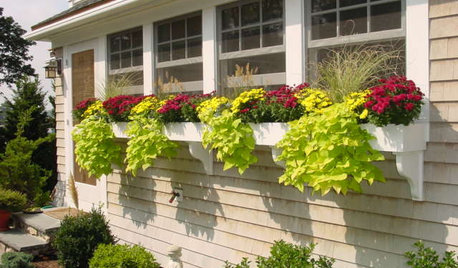
GARDENING AND LANDSCAPINGCharm Up Your House With Windowboxes
Plant Some Living Color Right Outside Your Window
Full StoryMore Discussions









tapla (mid-Michigan, USDA z5b-6a)
The Ficus Wrangler
Related Professionals
Birmingham Landscape Architects & Landscape Designers · Palm Springs Landscape Architects & Landscape Designers · South Orange Landscape Architects & Landscape Designers · Southfield Landscape Architects & Landscape Designers · Newcastle Landscape Architects & Landscape Designers · Washington Landscape Architects & Landscape Designers · Surprise Landscape Contractors · Fort Myers Landscape Contractors · Gainesville Landscape Contractors · Gallatin Landscape Contractors · Lantana Landscape Contractors · Mequon Landscape Contractors · Newnan Landscape Contractors · Seminole Landscape Contractors · Goldenrod Landscape Contractorstapla (mid-Michigan, USDA z5b-6a)
MFIXOriginal Author
Polly381
The Ficus Wrangler
Polly381
tapla (mid-Michigan, USDA z5b-6a)
The Ficus Wrangler
tapla (mid-Michigan, USDA z5b-6a)
aseedisapromise
tapla (mid-Michigan, USDA z5b-6a)
MFIXOriginal Author
The Ficus Wrangler
pirate_girl
tapla (mid-Michigan, USDA z5b-6a)